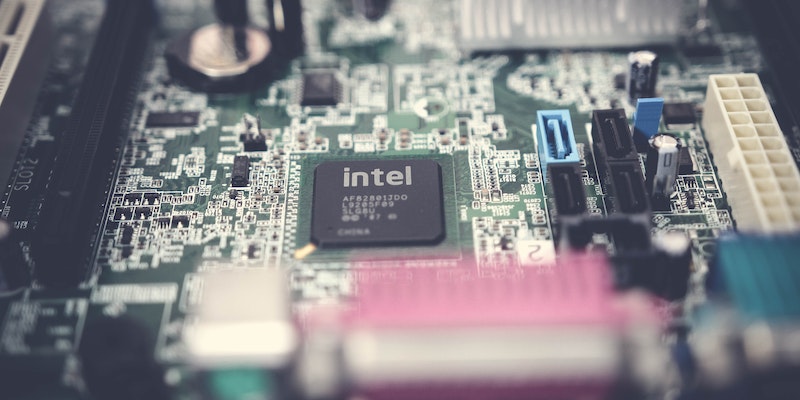Intel, the renowned semiconductor manufacturer, is set to make a significant move in the CPU market with the introduction of a new socket, LGA 1851. Recently, social media posts on Twitter and X from a reliable source named TLC have shed light on some key details about the upcoming socket and the highly anticipated Arrow Lake processor. Let’s delve into the specifics and explore what these developments mean for Intel and the industry as a whole.
LGA 1851 and CPU Support
According to reports shared by TLC, the LGA 1851 socket is expected to support a total of three generations of CPUs. While the first two generations have already been announced, the revelation of a mystery third generation has piqued the interest of enthusiasts and industry experts alike. This suggests that Intel has some exciting surprises in store for the future, further fueling anticipation for their upcoming releases.
Changes in DDR4 Memory Support
Rumors have been circulating for some time about the discontinuation of DDR4 memory on the new LGA 1851 socket. The latest leaks from TLC confirm these speculations. This transition is not surprising, as the industry has been gradually shifting towards DDR5 memory, which offers improved speed and efficiency. By moving away from DDR4, Intel aims to provide its users with the latest memory technology for enhanced system performance.
Arrow Lake Desktop Samples and Configuration
In a surprising turn of events, the leaker reveals that samples of the Arrow Lake desktop variant are already being sent out for testing. This indicates that Intel is making significant progress in the development of the processor. The leaked information also sheds light on the configuration of the Arrow Lake processor, stating that it will feature six P-cores and eight E-cores. This configuration closely resembles the high-end Meteor Lake, further emphasizing Intel’s commitment to delivering powerful and efficient CPUs.
Arrow Lake: Intel’s First 20A CPU
The Arrow Lake processor holds special significance for Intel as it marks the introduction of their first 20A CPU. This move signifies a major milestone for the company as they venture into the Angstrom transistor era. The transition to the 20A process technology is expected to bring notable improvements in performance, power efficiency, and other crucial aspects of Intel’s future processors.
Increased L2 Cache and Dedicated L3 Cache for iGPU
The leaks continue to reveal exciting improvements in the upcoming Alder Lake processor. The leaker confirms that Intel plans to increase the L2 cache from 2MB per core to 3MB. This enhancement promises to further boost performance and responsiveness, ensuring smoother multitasking and resource-intensive tasks. Additionally, the iGPU of the Alder Lake processor will have its own dedicated L3 cache. This cache will mirror the compute tile’s L3 cache, ultimately leading to enhanced GPU performance and a better overall user experience.
PCIe Gen 5 Lane Upgrade
To keep up with the ever-increasing demand for faster data transfer speeds, Intel plans to upgrade the number of PCIe Gen 5 lanes on the new Z890 chipset. The current Z790 chipset supports 16 PCIe Gen 5 lanes, but the upcoming Z890 will support 20 lanes. This upgrade will allow for more high-speed peripheral devices to be connected simultaneously, catering to the needs of enthusiasts and professionals who require extensive I/O capabilities.
Release Timeline for Arrow Lake-S
While the leaked information provides exciting insights into Intel’s future direction, it is important to note that the Arrow Lake-S desktop variant, intended to replace Raptor Lake, is not expected to arrive until late 2024. This gives Intel ample time to fine-tune the processor and ensure its performance, compatibility, and stability before it reaches the market.
Intel’s plans to introduce the new LGA 1851 socket and the Arrow Lake processor have generated significant buzz in the tech industry. With promises of improved performance, increased cache, dedicated iGPU cache, and enhanced memory support, Intel is positioning itself to compete fiercely in the CPU market. As the industry eagerly awaits the arrival of Arrow Lake-S in late 2024, the potential impact of Intel’s advancements and innovations will undoubtedly shape the future of computing and elevate the user experience to new heights.

